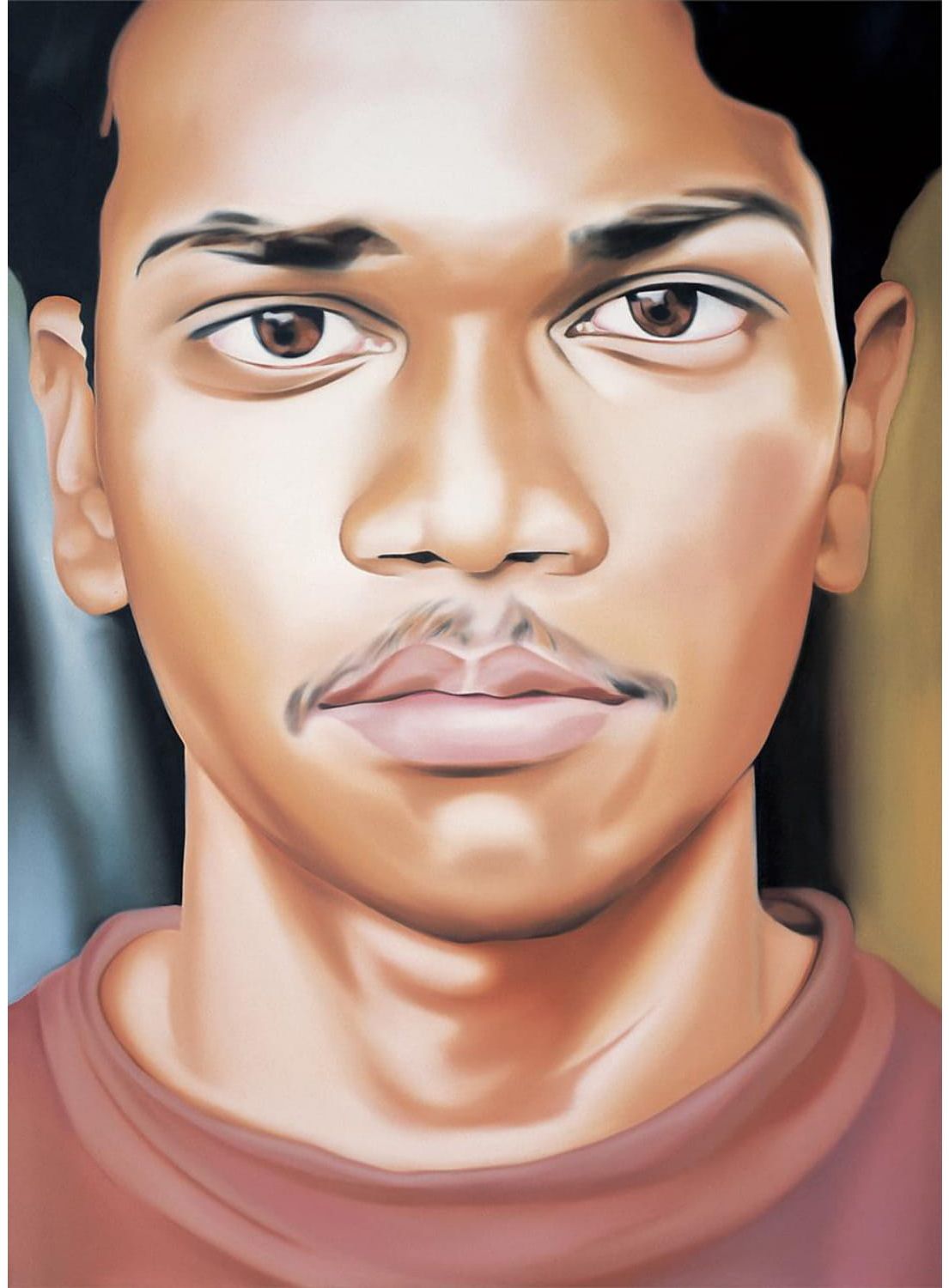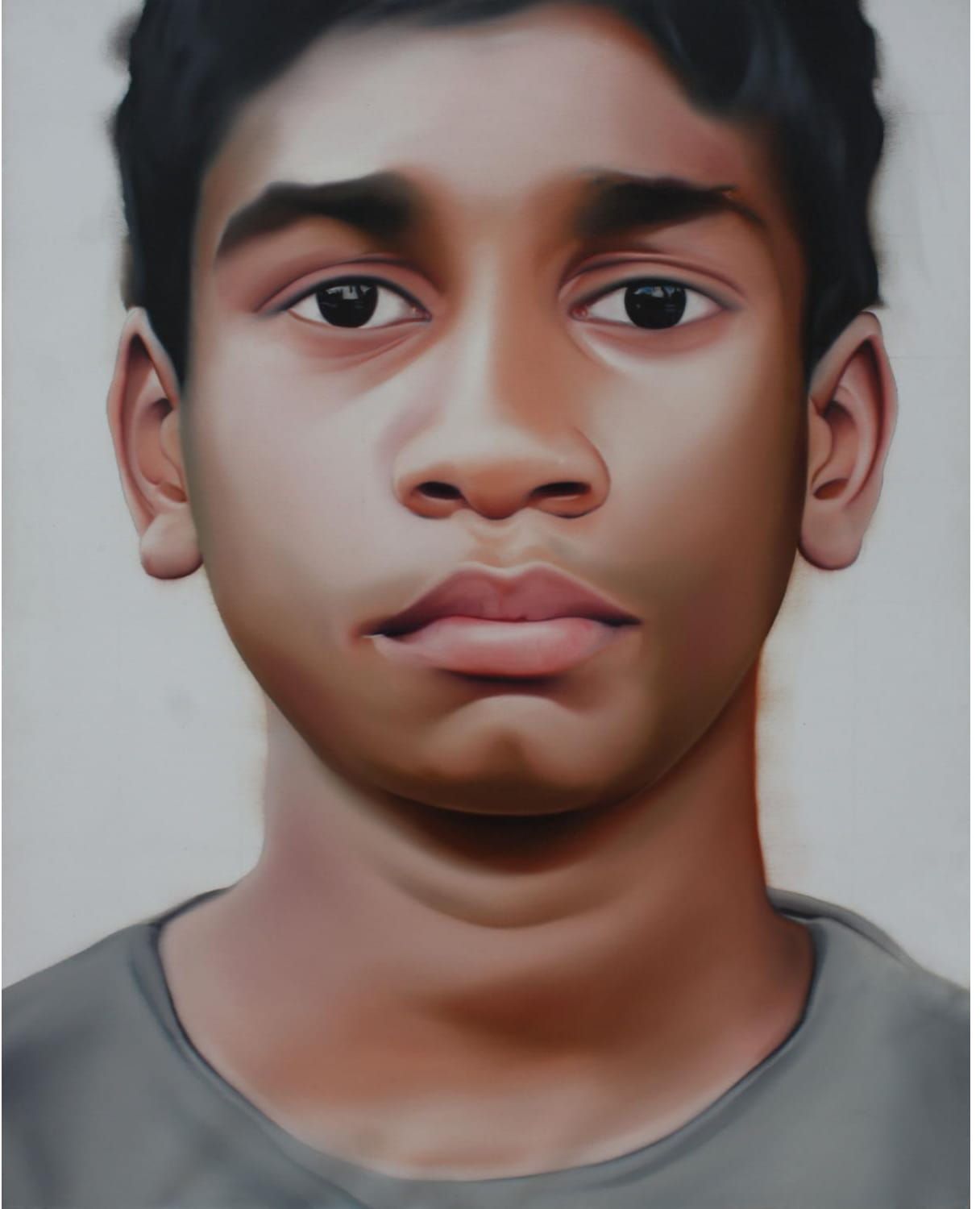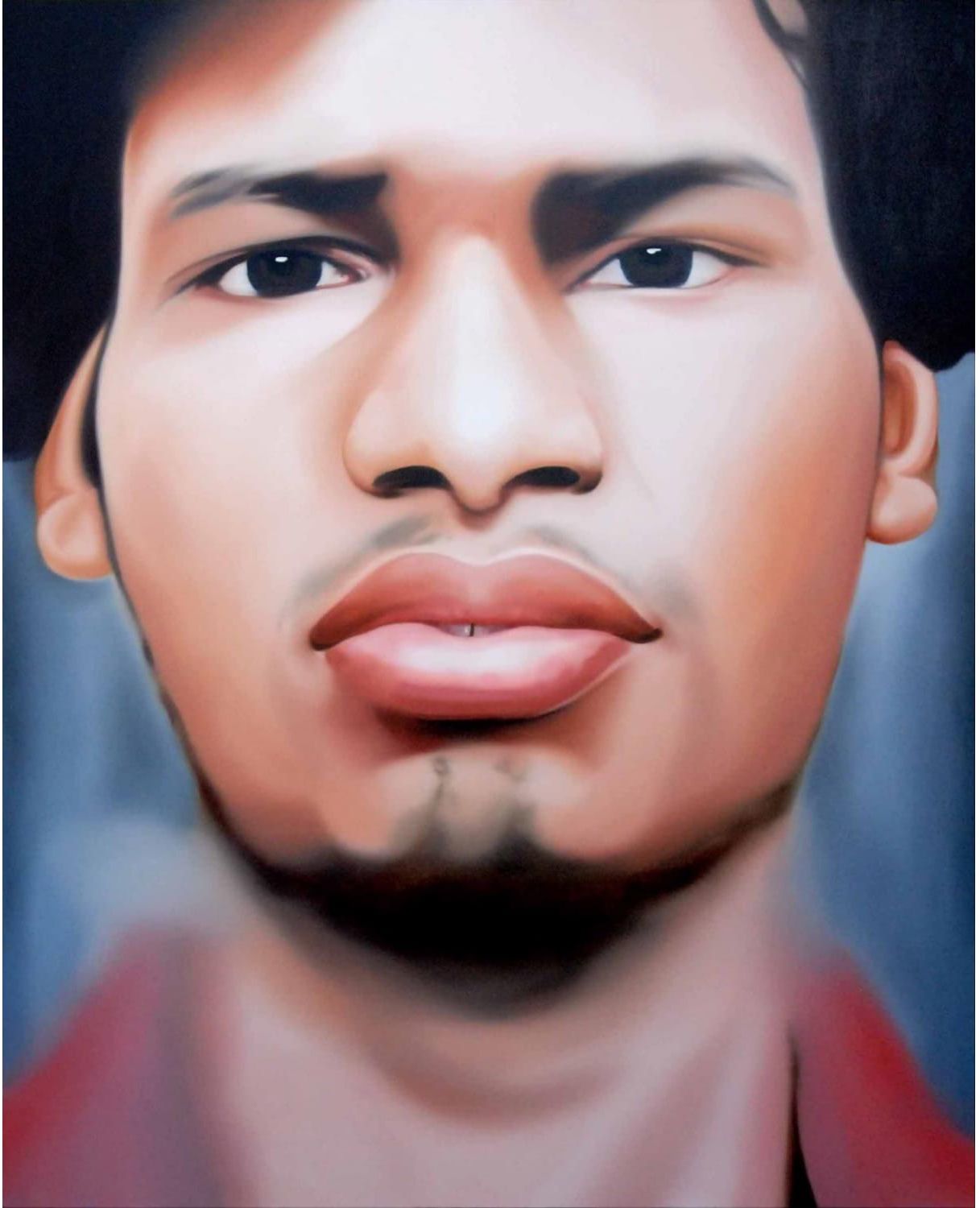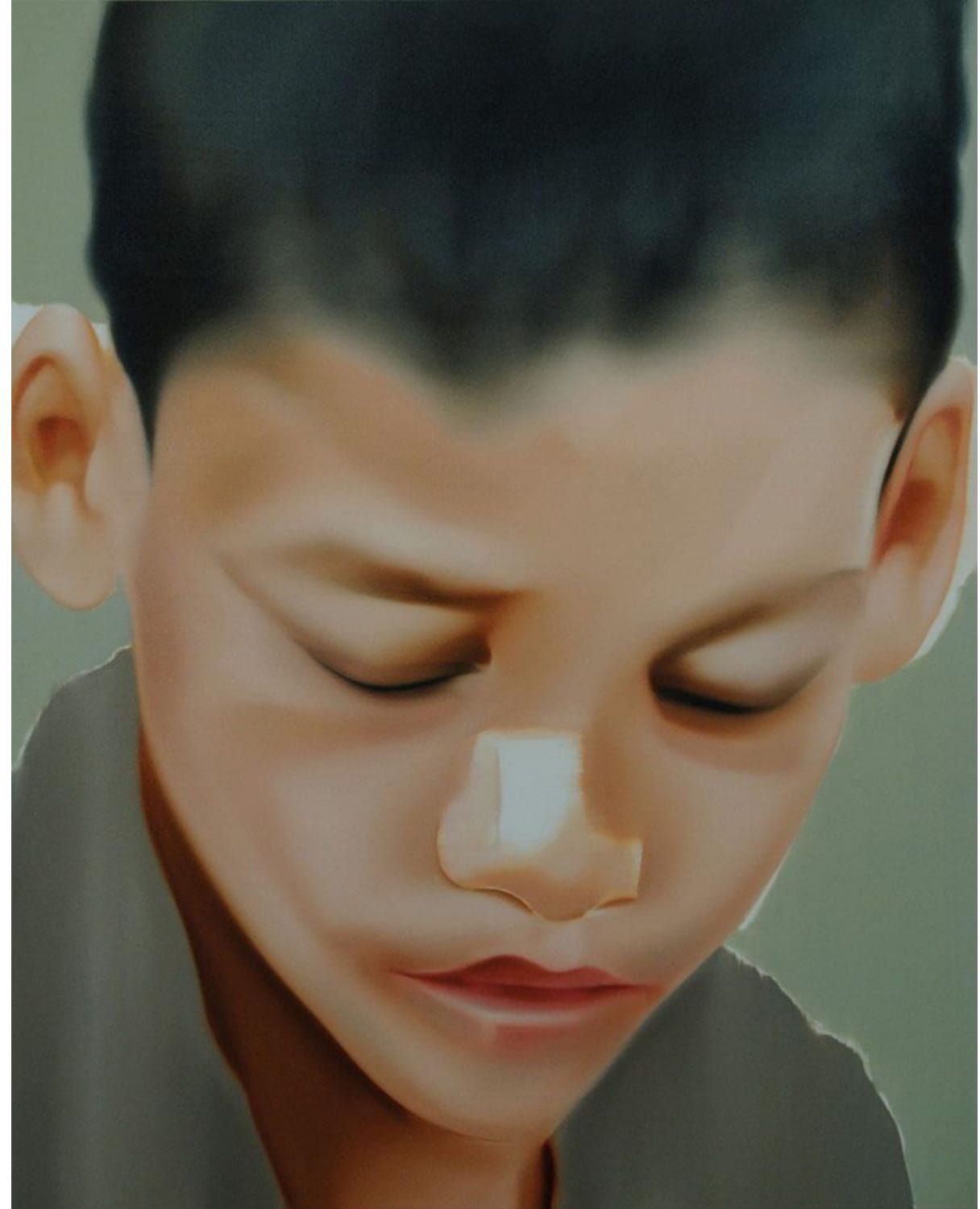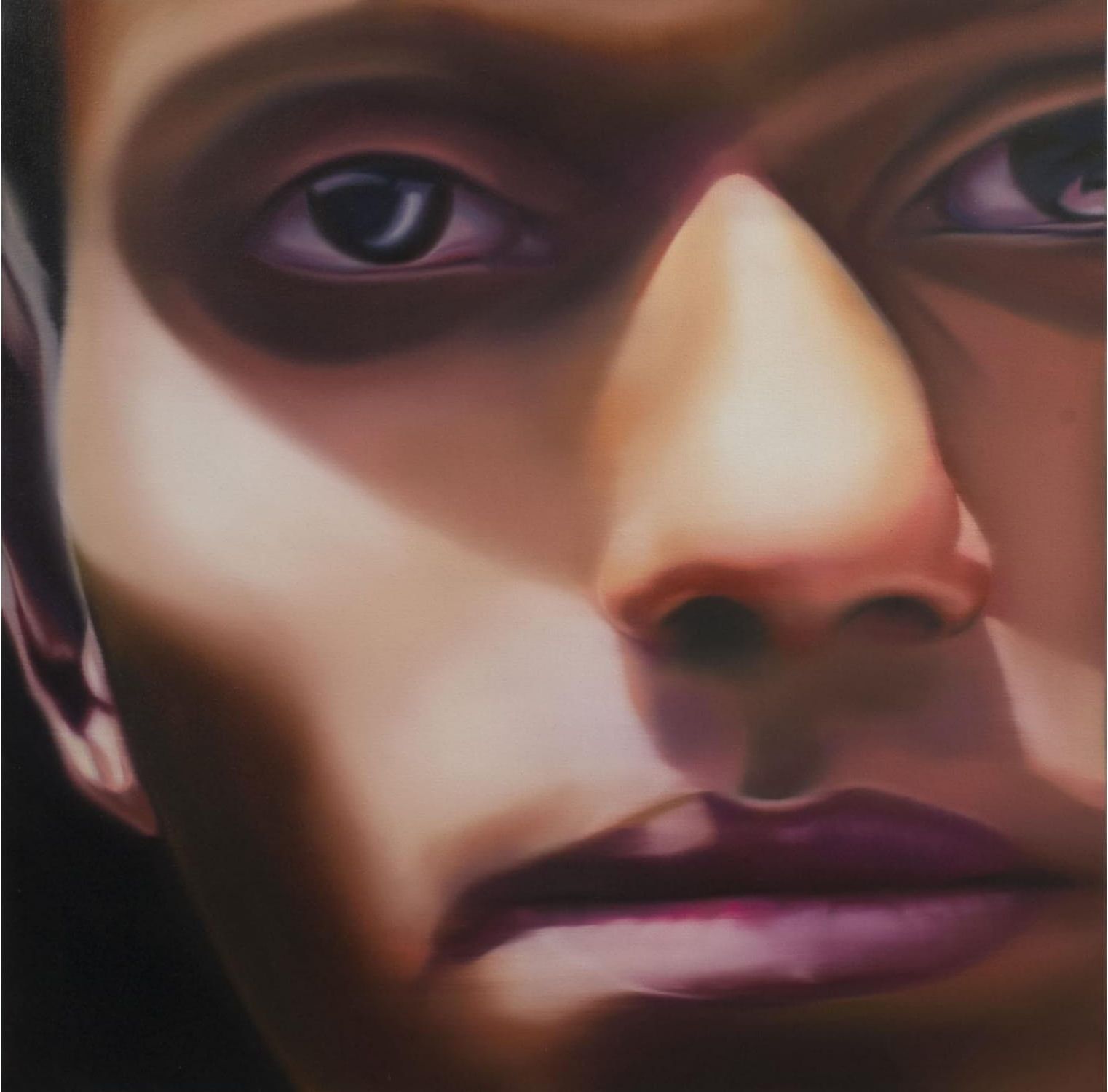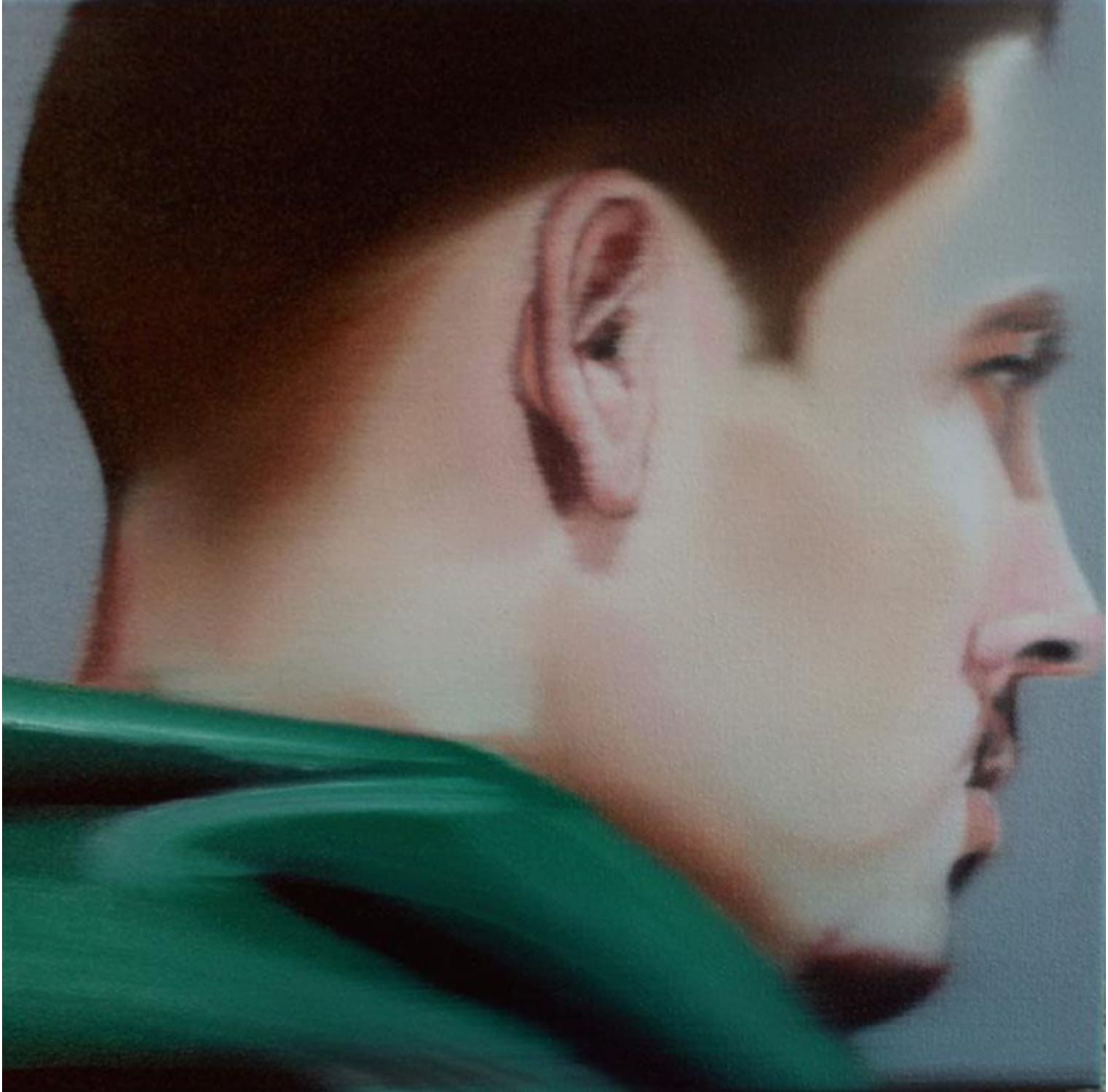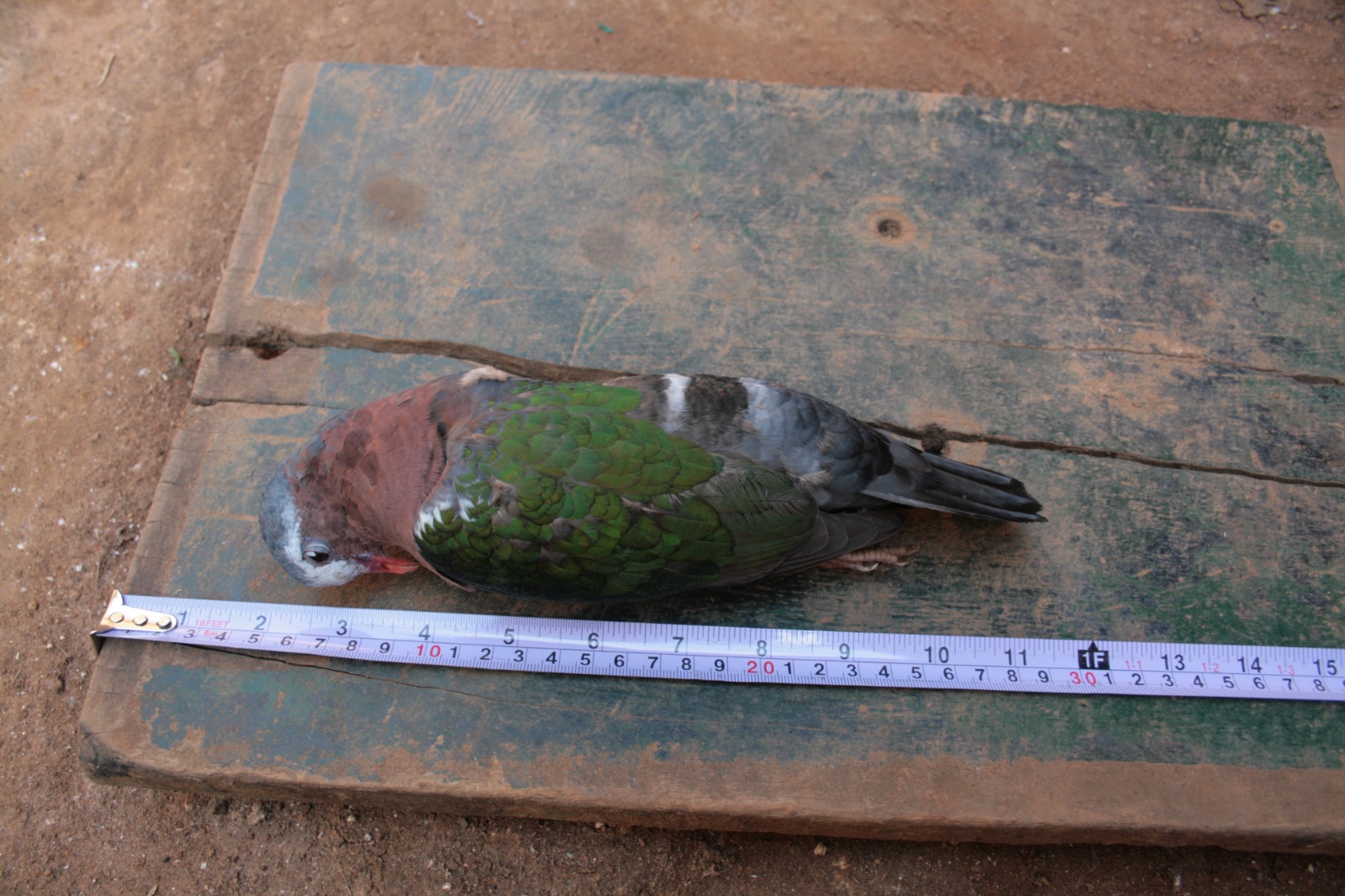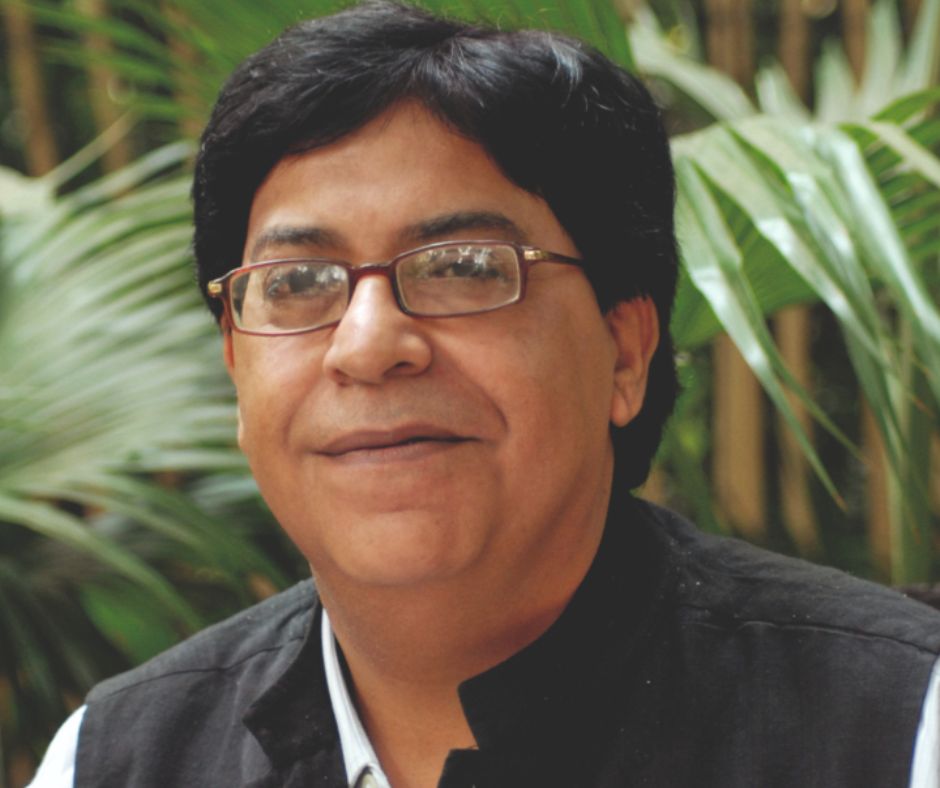Riyas Komu, a critically acclaimed multi-media artist and sculptors present its new art series titled Systematic Citizen. The series represents the plight of the displaced migrant workers from rural India to urban settlements.
The present crisis created by COVID-19 around the nation has led to an exodus of migrant workers struggling to reach their home states. The Systematic Citizen series addresses the horrible realities of displacement of millions of these workers. The project was presented at the ‘Voices From Far and Near’ an initiative taken by Ayyappa Paniker Foundations.
This series was developed to portray the suffering of the Indian migrants who were neglected by the cities they help create. With no means of earning money to feed their families, these workers walked miles and miles to reach their homes as they are tragically disowned by the urban rich, industries and factories.
“Through this project, I wanted to express my concern and showcase the struggle of the common people. This should be addressed with immediate concern and this was my hope while I presented it along with other artists.”, says Mr. Riyas Komu.
Systematic Citizen
Life’s oddities are, perhaps, best portrayed in the face of a man from the village who comes to the town in search of work, and it is the work that does not find him. Thus begins a journey of servitude, unequal pay, even unpaid work, cramped, breathless living as a shattered community that counters all the hope of work in the city. A tragedy that has been a living reality of nations and classes since the moment of the so called independence, willfully ignored has now threatened that image which nations and classes have been making of itself from the robbed wages, stolen nights, smothering dignity, smothering life. The political imagination of it all is that men of distinction and class aspirations as their wealth grow from the charred bodies of workers imagine every death as ‘they die’, it’s not their death. These are deaths that do not have names and places, they are dissociated from all social relations when they die; while they were alive, they didn’t count, and when they died they weren’t there at all.
Besides, over the years, they say, villages have lost their creative importance in the Indian mindscape. This means, the pain invested in such journeys has lost even metaphorical value: like that of a water or an artist coming to a city and becoming a celebrated example of a rural youth regaining or discovering his creative pride. Intellectual, emotional and spiritual concerns associated with those journeys have changed so much that in the current scenario the search for what many anthropologists have termed a “self-integration” appears to have disappeared or at least remains insignificant now.
On the other hand, the growing demand for hard labour has led to a surplus and systematic supply of men, women, children of all age groups from villages to cities, and because that organized displacement of people from villages has not contributed to any special status or dignity to those who build and weld, they contribute to live in the fringes of their foster Holy Land , the cities.
The prophecies of wealth trickling down and flooding these spaces where they dwell have only brought in more intellectual, social and political insecurities as they pile up to make death look easy. Recent developments as they unfold now have turned the situation of the cities on its face. Now, faced with hunger and solitude where cities have abandoned them after the village structure left them in ruins, the journey is reversed with people going back to their villages where they face the arid, dry landscape of nothingness being there, literally. Looking for work, bread and life, and, yet, at the same time haunted by the reality of its cost makes makes us think how the concept of work tied to the needs of biological life is entangled in the biopolitical production of life and death where these migrants left to themselves by the powers that are, walk themselves like living corpses, neither alive nor dead, begin to walk, never sure of arriving, wrap themselves and throw themselves like potatoes in trucks, containers, auto rickshaws to reach the same place from where they were forced to leave. The distinction, both political and the biological that we make between life and death has been fundamentally erased. In this industrialization of death, the meaning of life carries on the weight of dying.
I must say again- as an artist, to me, it has been disturbing and a thought renting experience observing these new realities – of people coping with their drab existence in places that do not know them and were indifferent to their presence once they were there. Now that they have left or are leaving, with the thought of coming back laden with the trauma of hunger and death’s certitude, the city drowns for its own image.
This series as I have shown in the past, I dare say, emanates from the same search: seeking the linkages of work, memory and haunting, and otherwise, between life and beyond life, the grave as they suck us in our untimely and unprepared lives.
– Riyas Komu











